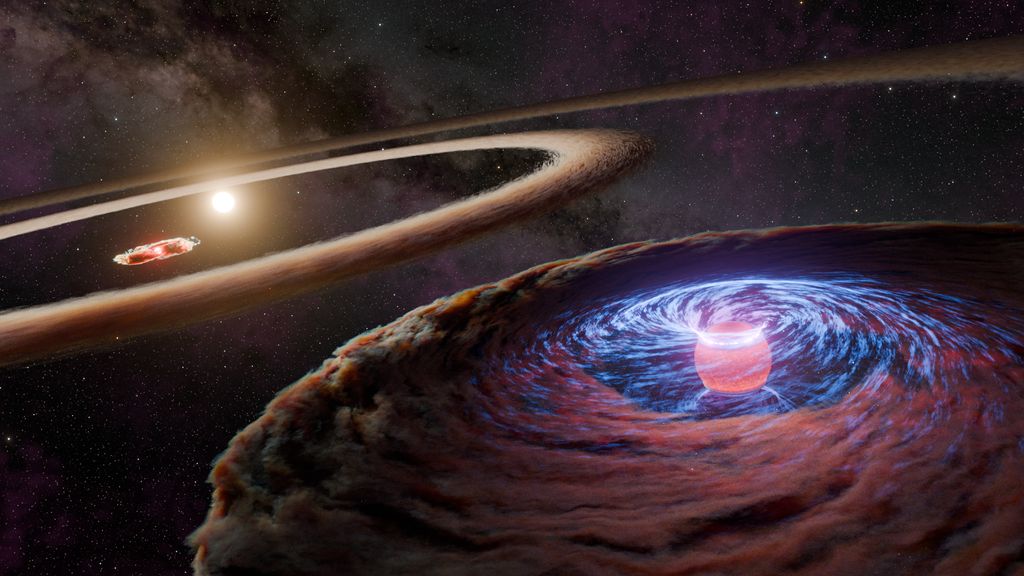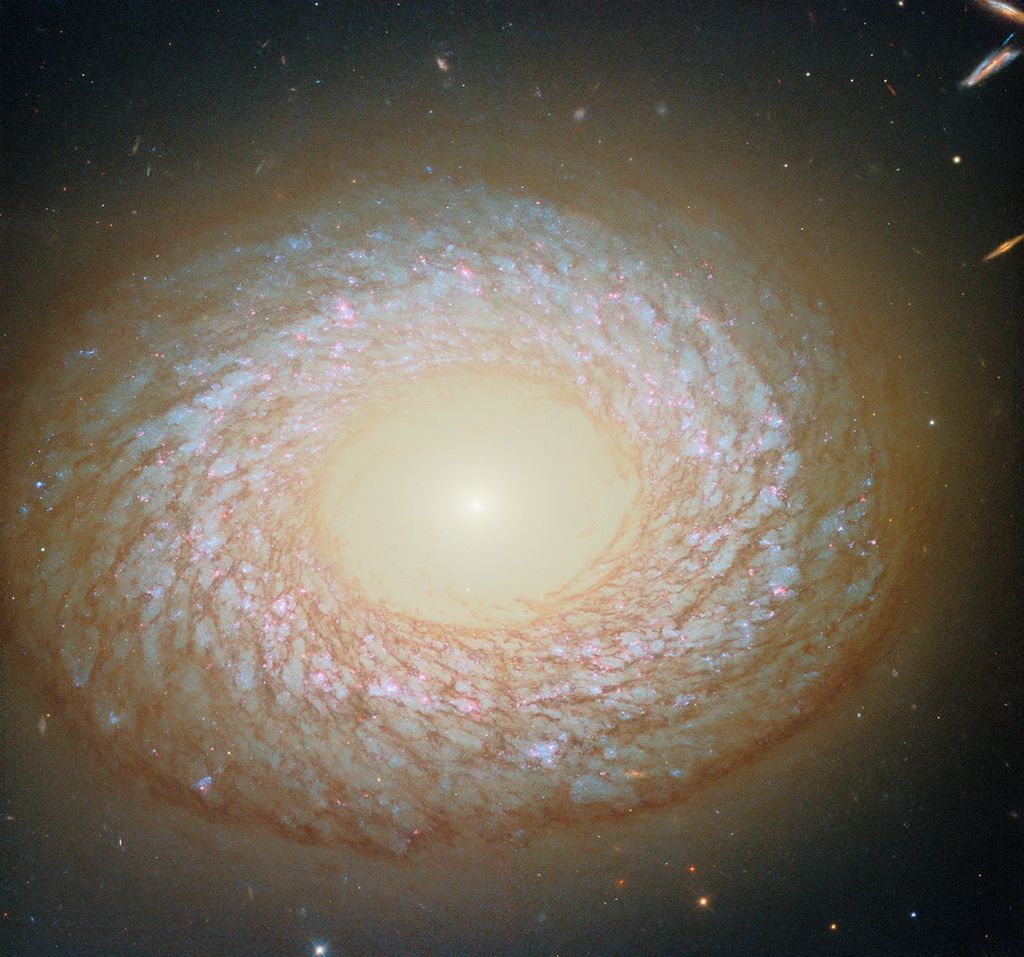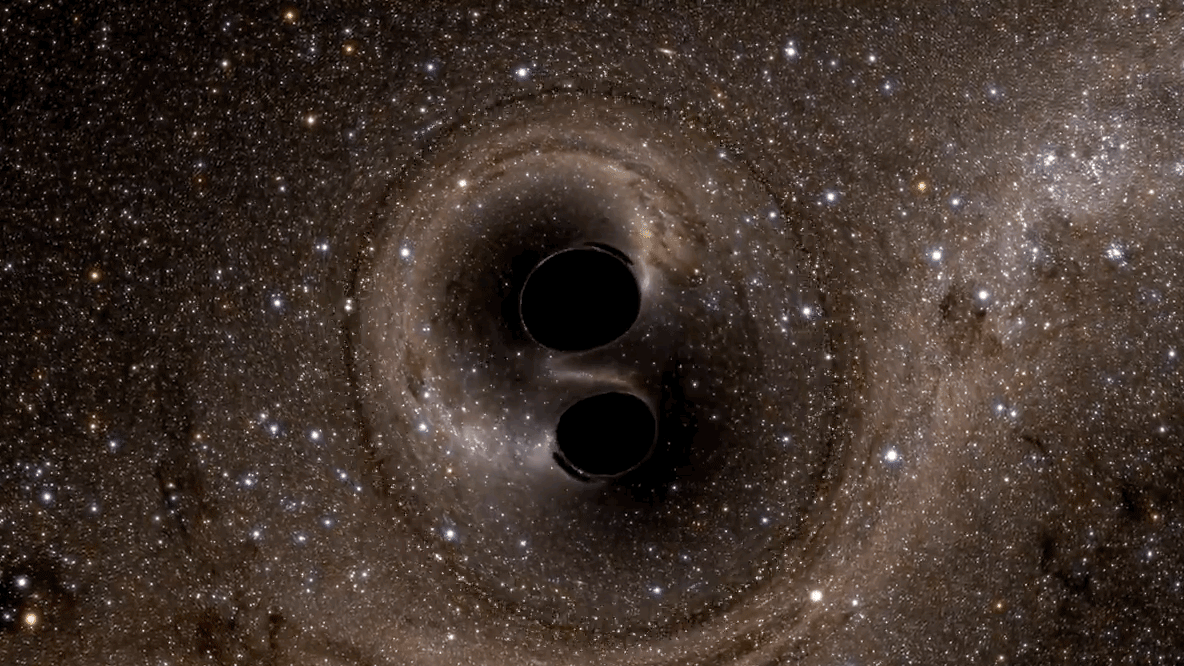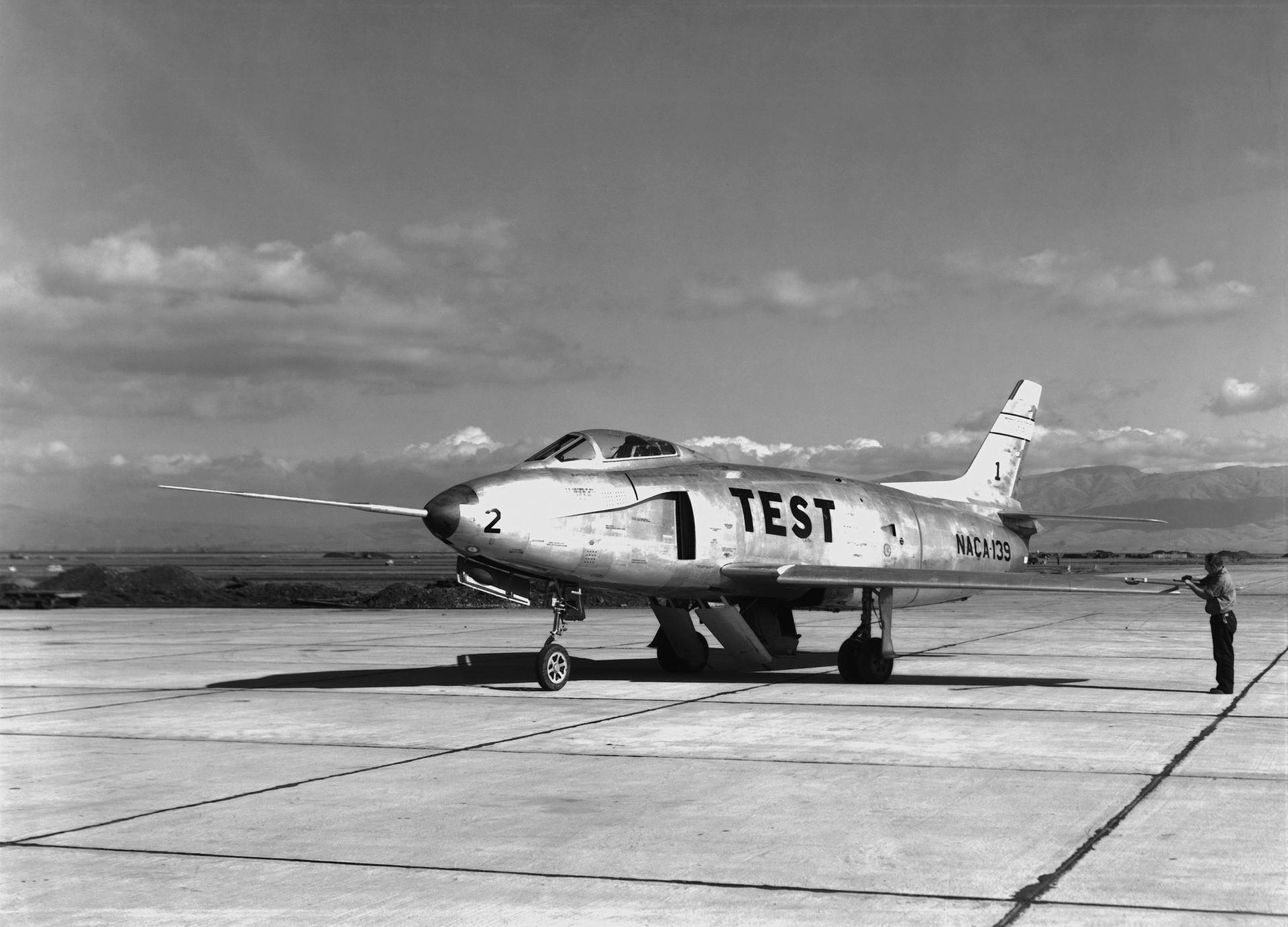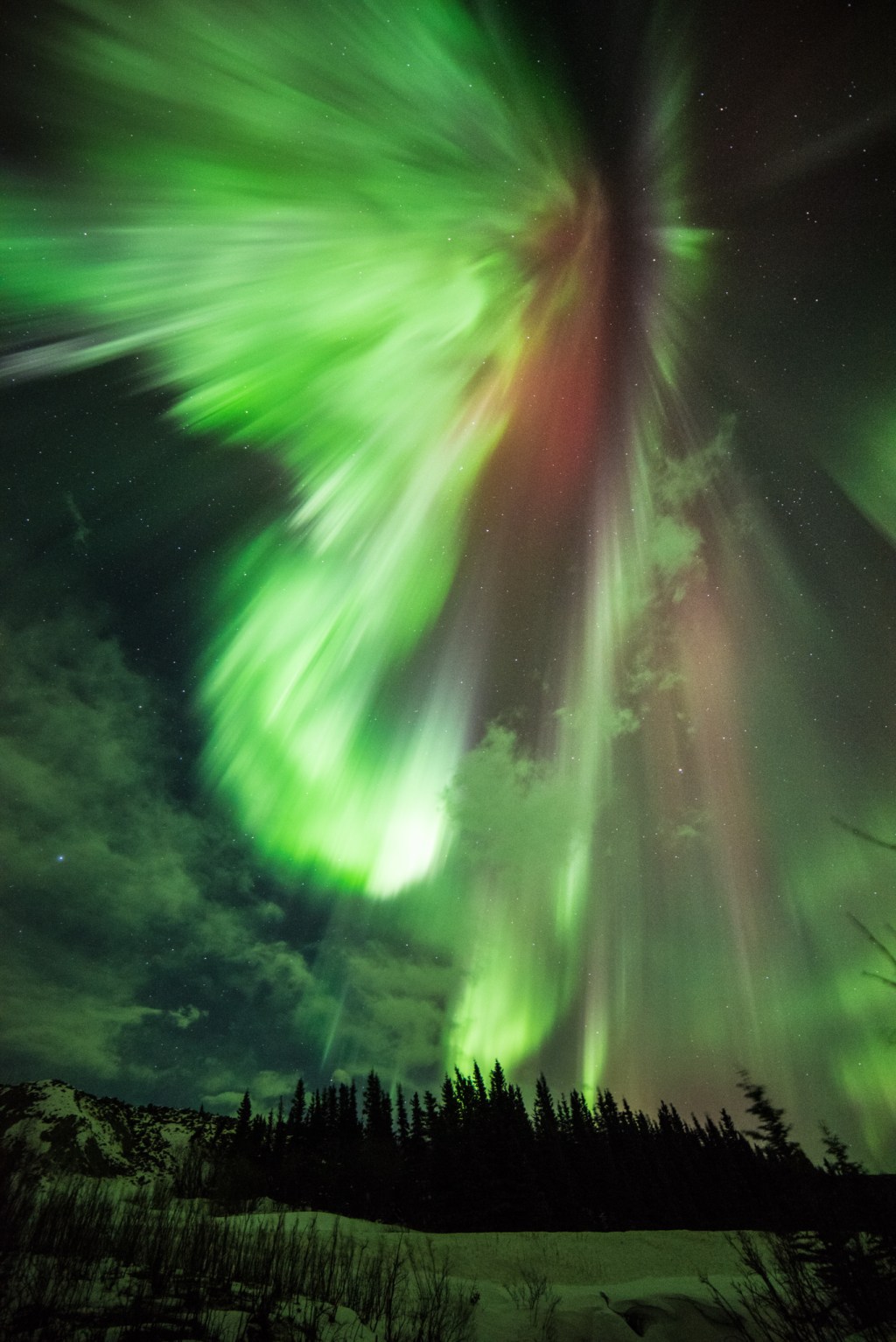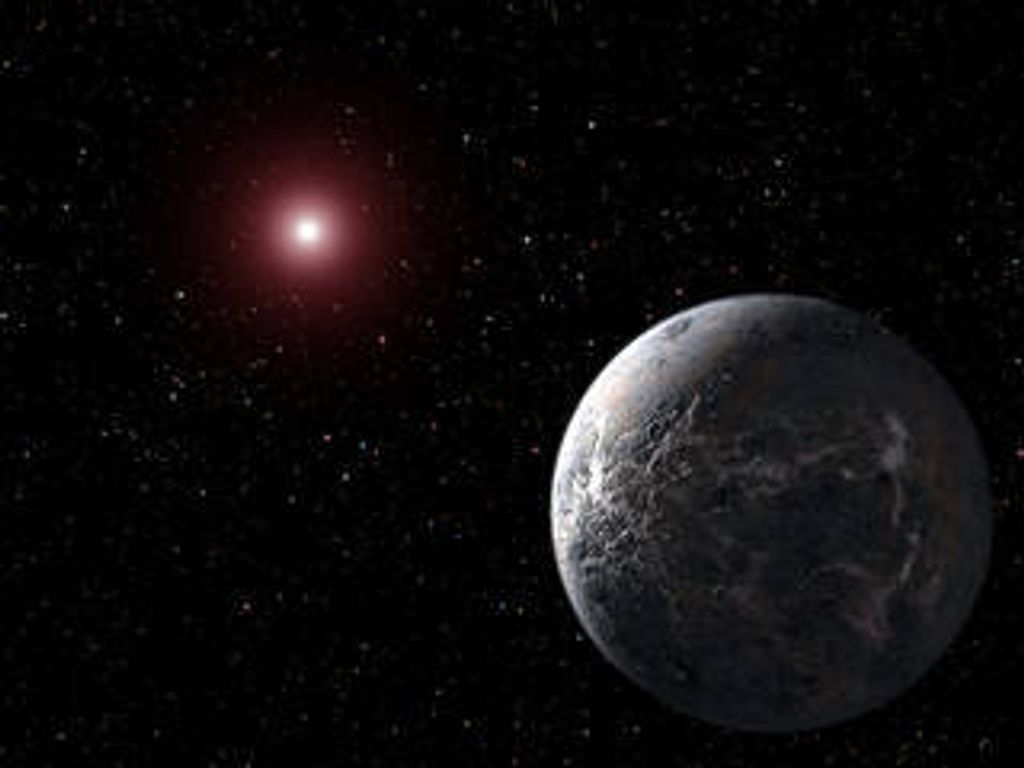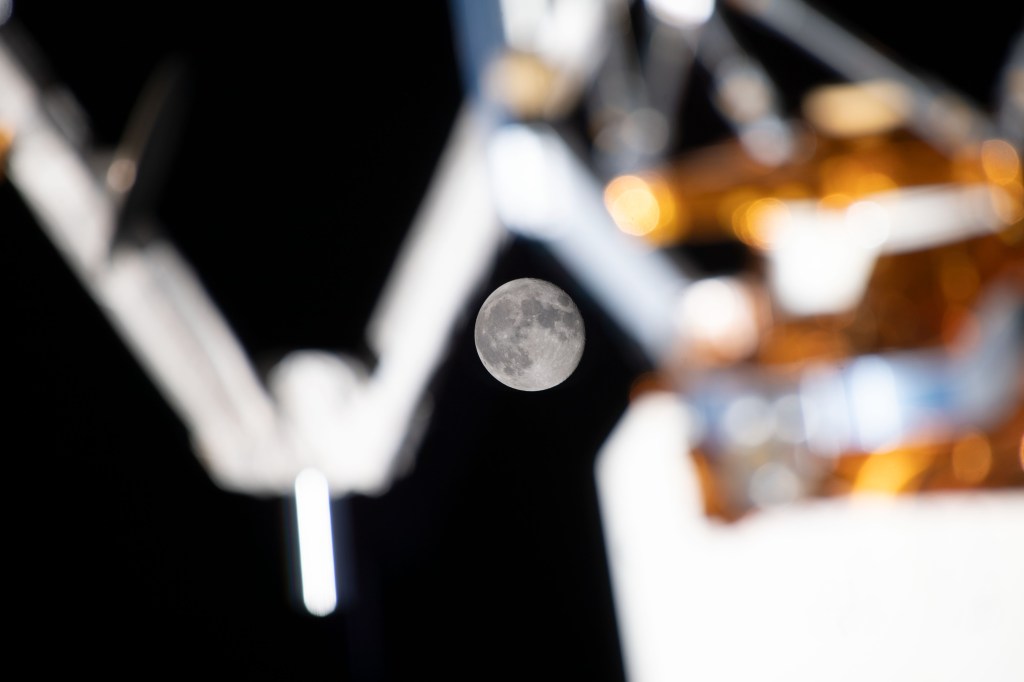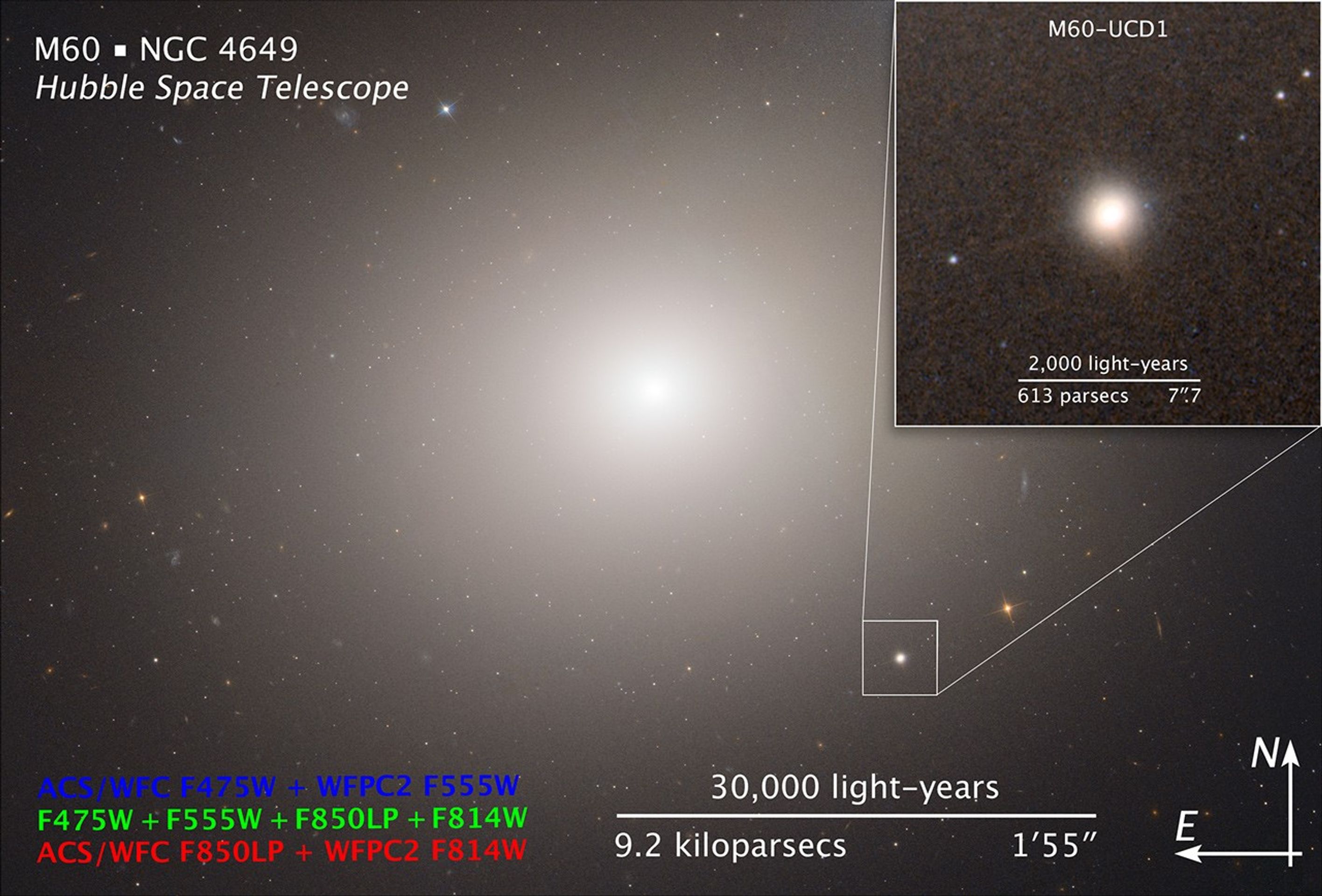1 min read
Dwarf Galaxy Near M60
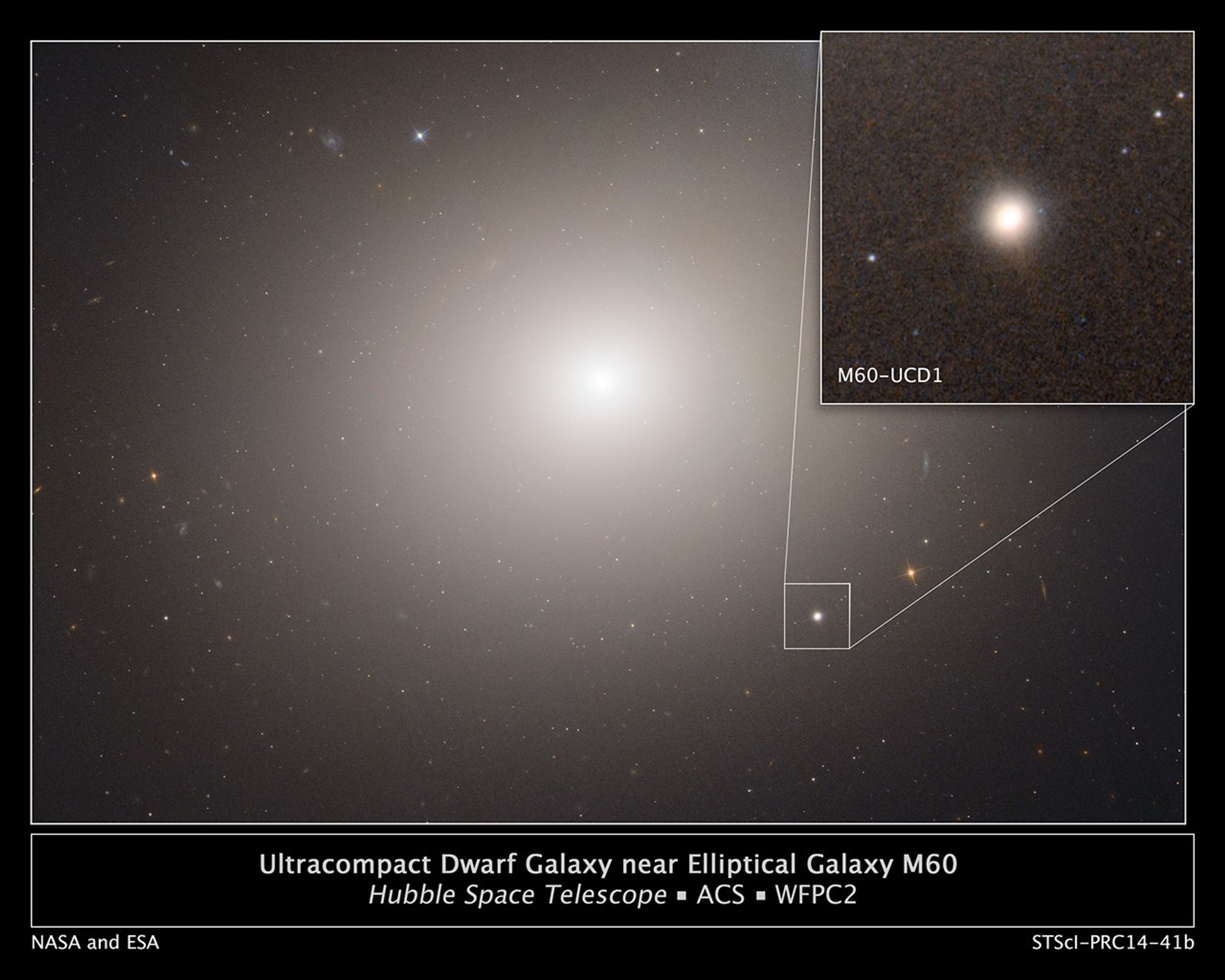
About the Object
- R.A. PositionR.A. PositionRight ascension – analogous to longitude – is one component of an object's position.12h 43m 36.0s
- Dec. PositionDec. PositionDeclination – analogous to latitude – is one component of an object's position.11° 32' 6.99"
- ConstellationConstellationOne of 88 recognized regions of the celestial sphere in which the object appears.Virgo
- DistanceDistanceThe physical distance from Earth to the astronomical object. Distances within our solar system are usually measured in Astronomical Units (AU). Distances between stars are usually measured in light-years. Interstellar distances can also be measured in parsecs.M60 and M60-UCD1 are roughly 54 million light-years (16 megaparsecs) distant.
About the Data
- Data DescriptionData DescriptionProposal: A description of the observations, their scientific justification, and the links to the data available in the science archive.
Science Team: The astronomers who planned the observations and analyzed the data. "PI" refers to the Principal Investigator.Data for this science result comes from the HST proposal: 12369 G. Fabbiano (Harvard-Smithsonian Center for Astrophysics), T. Fragos and V. Kalogera (Northwestern University), D.-W. Kim and A. Zezas (Harvard-Smithsonian Center for Astrophysics), J. Gallagher III (University of Wisconsin, Madison) , A. King (University of Leicester), J. Strader (Harvard University), and J. Brodie (University of California, Santa Cruz). The release image of M60 also includes data from proposals 9043, PI: J. Tonry (University of Hawaii) and 9410, PI: P. Cote (Dominion Astrophysical Observatory). The science team comprises: A. Seth (University of Utah), R. van den Bosch (Max Planck Institute for Astronomy, Heidelberg), S. Mieske (ESO Chile), H. Baumgardt (University of Queensland), M. den Brok (University of Utah), J. Strader (Michigan State University), N. Neumayer (ESO Garching), I. Chilingarian (Harvard-Smithsonian Center for Astrophysics/Moscow State University), M. Hilker (ESO Garching), R. McDermid and L. Spitler (Australian Astronomical Observatory/Macquarie University, Sydney), J. Brodie (University of California, Santa Cruz), M. Frank (Center of Astronomy/Heidelberg University), and J. Walsh (University of Texas, Austin). - InstrumentInstrumentThe science instrument used to produce the data.HST>ACS/WFC and HST>WFPC2
- FiltersFiltersThe camera filters that were used in the science observations.ACS/WFC: F475W (B) and F850LP (z); WFPC2: F555W (V) and F814W (I)
- Object NameObject NameA name or catalog number that astronomers use to identify an astronomical object.Messier 60, M60, and M60-UCD1
- Object DescriptionObject DescriptionThe type of astronomical object.Elliptical Galaxy and Ultracompact Dwarf Galaxy with Black Hole
- Release DateSeptember 17, 2014
- Science ReleaseHubble Helps Find Smallest Known Galaxy with a Supermassive Black Hole
- Credit

The images are composites of separate exposures made by the ACS/WFC and WFPC2 instruments on the Hubble Space Telescope. Four filters were used to sample broad and narrow wavelength ranges for the UVIS image. The colors result from assigning different hues (colors) to each monochromatic image. In this case, the assigned colors are: Blue: ACS/WFC F475W (B) + WFPC2 F555W (V) Green: F475W (B) + F555W (V) + F850LP (z) + F814W (I) Red: ACS/WFC F850LP (z) + WFPC2 F814W (I)
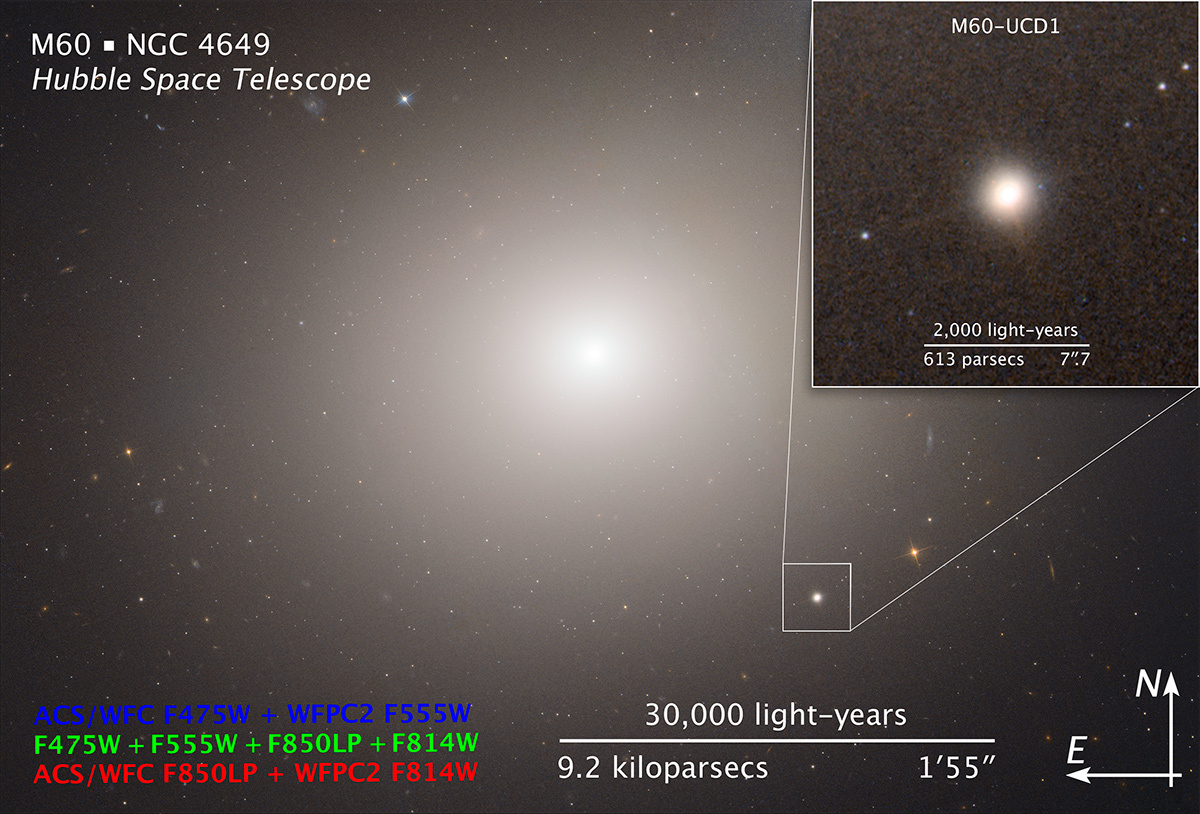
Related Images & Videos

Artist's Concept of Giant Black Hole in Center of Ultracompact Galaxy
This is an illustration of a supermassive black hole, weighing as much as 21 million suns, located in the middle of the ultradense galaxy M60-UCD1. The dwarf galaxy is so dense that millions of stars fill the sky as seen by an imaginary visitor. Because no light can escape from...

Elliptical Galaxy M60
This is a Hubble Space Telescope image of the massive elliptical galaxy M60. The galaxy lies about 50 million light-years away inside the immense Virgo Cluster of 2,500 galaxies. A portion of the faint bluish spiral galaxy NGC 4647 can be seen in the upper right corner of this...
Share
Details
Claire Andreoli
NASA’s Goddard Space Flight Center
Greenbelt, Maryland
claire.andreoli@nasa.gov

